Facebook is the largest social media channel, with currently over 2 billion active users per month. Exposing your blog to such a large numbers of potential followers will help you to reach and connect with your target audience. It will also help you keep in contact with regular blog readers, reconnect with those who have visited your site and not returned, and help build a thriving community around your content.
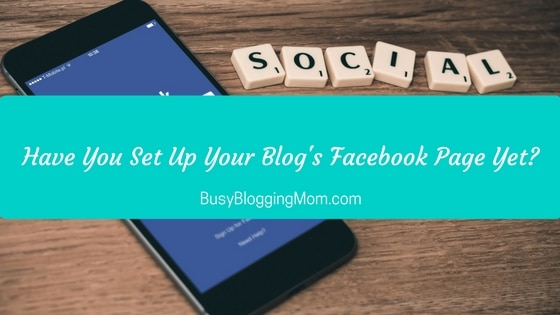
In this article, we look at how to set up your Facebook page and make it successful. We discuss what to post, how to grow your following and the importance of tracking your Facebook page’s analytics. Once you’ve finished reading, you will be well equipped to create a new Facebook page for your blog.
How to Set Up Your Facebook Page
To get started, open Facebook’s Business Page and click on the ‘Create a Page’ button in the top left-hand corner.
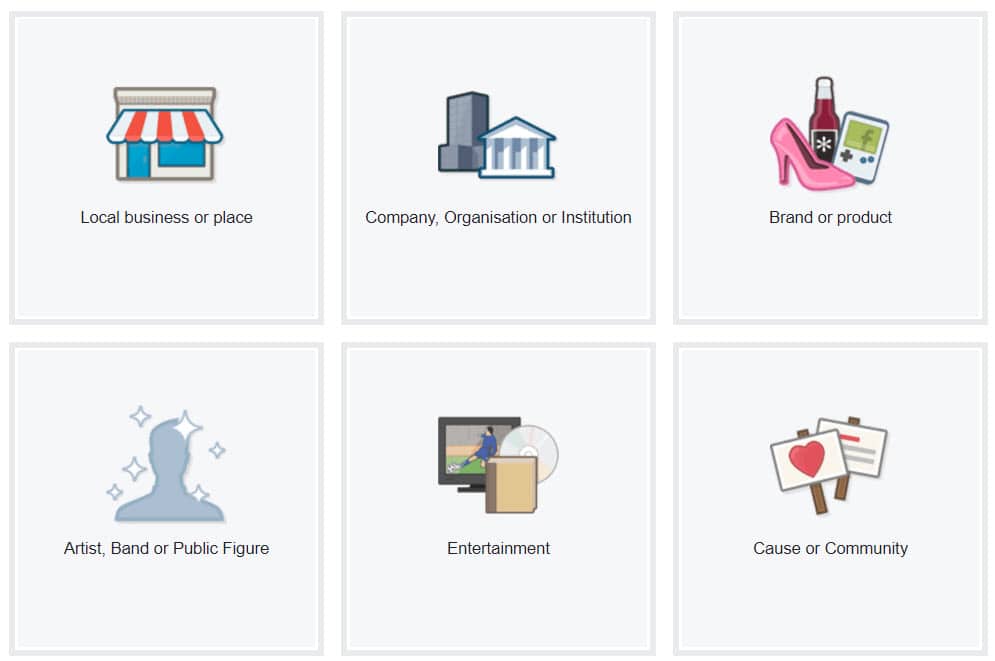
You will now have to select a category for your Facebook page. This depends on what your site or blog is about, but for most blogs simply choose ‘Brand or Product > Website’. Then add your blog’s name’ and click on ‘Get Started’.
Uploading Images

Next Facebook will ask you if you want to add a profile and cover picture for your page. Both of these are important aspects of your page so choose your images carefully. Usually, the profile picture will be your website’s logo, and your cover photo will also be a picture from, or relevant to, your blog.
To create professional images, that match the specific Facebook dimensions, use a design tool like Canva. By using similar branding to your blog your Facebook page will be easily identifiable to your visitors, helping you to connect with your website’s audience on Facebook.
Create a Username for Your Page
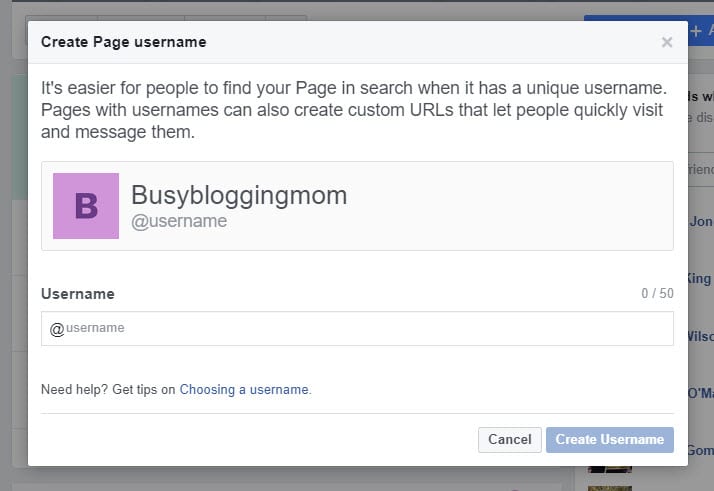
Create your own unique username for your page to help people easily find you. By giving your page its own username it can also have its own Facebook custom URL so people can quickly visit and message you.
Write a Short Description
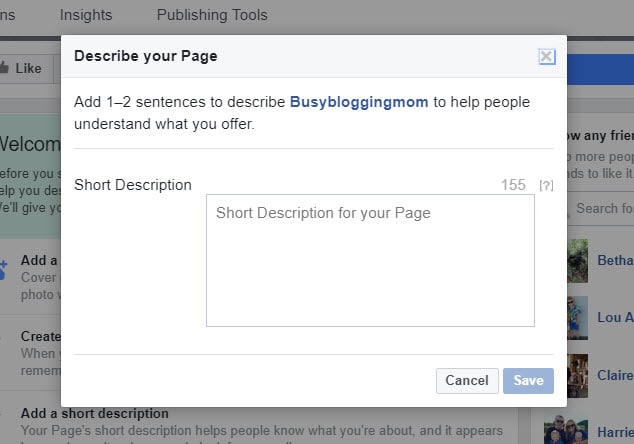
Write a short description explaining what your page, and your blog that it is representing, is all about. Add key details that your audience should know about your blog, and write in a similar tone to that used on your site.
Add Your Blog’s URL
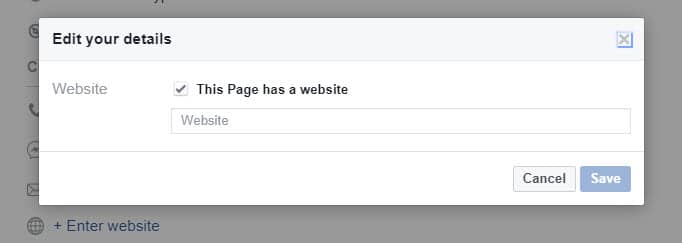
Your blog’s URL is one of the most important pieces of information a Facebook page can display, yet often missed out. Add your website’s URL to help drive traffic to your website.
Complete The About Information
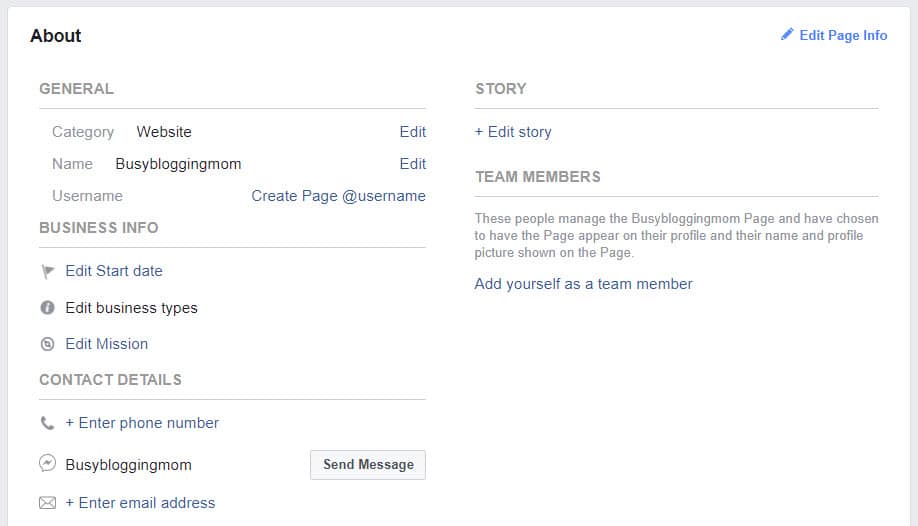
Fill out as much of the ‘About’ information as possible to give your Facebook page a completed and professional appearance. Adding all of your contact details is particularly important, making it easy for your followers to reach you. Under ‘Categories’ you can also change your page type from ‘Brand’ to ‘Personal Blog’.
Create a Call to Action Button
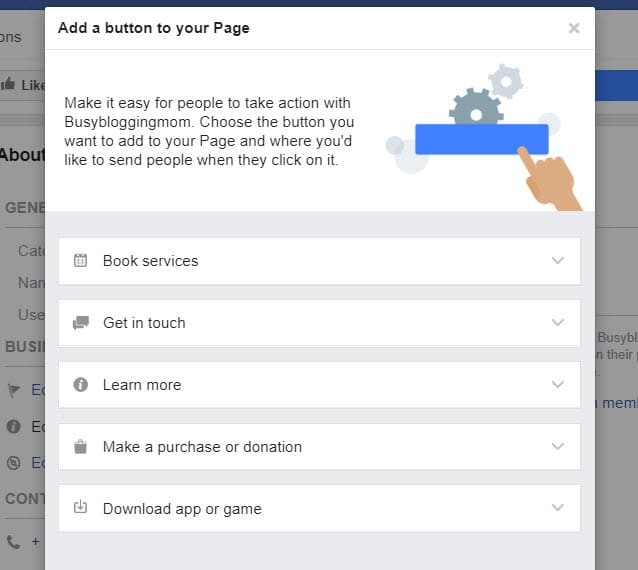
Facebook allows you to add a call to action button to your page to encourage your followers to complete a particular task. Your button should reflect one of your main goals for your page. For example, if your goal is to sell more products from your online store, then select the ‘Shop Now’ button. Or if you want to send traffic to your blog, you could opt for the ‘Learn More’ button. Once clicked on, followers will be taken to the URL of your choosing.
What Should You Post On Your Facebook Page?
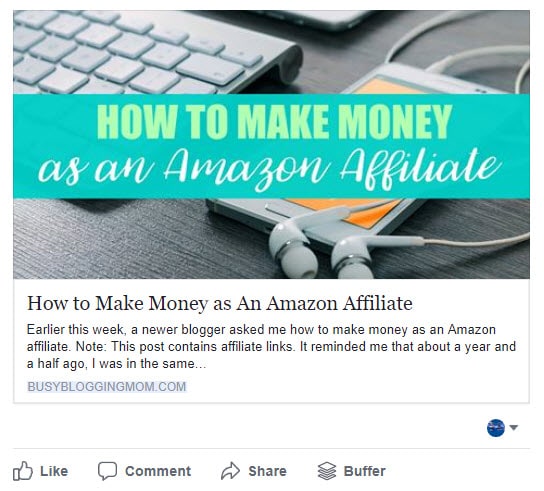
Once your Facebook page is set up, it is time to start posting. It is important to regularly post new and interesting content to entice your audience to visit and engage with your page. Remeber to include plenty of links back to your blog to help drive traffic to your site.
As well as publishing articles from your blog, try posting a variety of different content and media. This could include images, videos, quotes, questions, GIFs, infographics and even Facebook Live. But always make sure all posts are relevant to your blog to help appeal to your target audience.
Using an automatic social media scheduling tool like Buffer will help manage your Facebook posts and save you time long term. It will ensure your Facebook page is constantly updated, giving your followers a steady flow of content to read and digest. Simply schedule the content you want to post to your page, and then Buffer will send it out at intervals over a set period of time.
How to Grow Your Following
Before you start trying to grow your following, post some fun or thought-provoking content on your Facebook page first. Then, when new viewers visit your page, they will be impressed with what they read and choose to follow you.
Invite Your Friends

The first step to grow your Facebook following is to invite your friends, family, and colleagues to like your page. You can also ask them to share your page on their own Facebook wall to give it exposure amongst their own friends. Don’t be shy asking people to promote your page, the more people your page is seen by, the more followers you will gain.
Promote Your Page on Other Social Media Channels
If you already have followers on other social media channels, then use those platforms to promote your new Facebook page. Tweet out links to your new Facebook page, Pin your Facebook content, and post calls to action asking your Google Plus followers to join you over on Facebook. Remember promotion = followers.
Use a Conversion Tool on Your WordPress Website
Those who have already visited and spent time on your site are your target audience, so it is crucial to keep in contact with them. One way to do this to prompt these website visitors to join you on Facebook. You can then re-engage with this group on a regular basis through your Facebook page, and coax them back to your blog.
Sumo is a lead generation tool that will enable you to grow your Facebook following from your WordPress website. Sumo enables you to add stylish floating social media follow buttons, encouraging your audience to follow your page on Facebook. You can also add pop-ups or a hello bar displaying Facebook follow calls to action.
Pay to Boost Your Facebook Posts
A very effective way to reach potential new followers on Facebook is to boost your page’s posts. If you decide to opt for this strategy, your ‘boosted’ posts will appear on the newsfeeds of new potential followers, advertising your page to them.
Although you have to pay to do so, the return on your money can be very worthwhile due to Facebook’s Custom Audiences and Lookalike Audiences. By utilizing these audience types you can target your ads at specific groups of people who have already visited your site or shown an interest in your blog’s niche. These tailored groups are therefore more likely to follow your page and become regular readers of your blog.
Facebook Insights
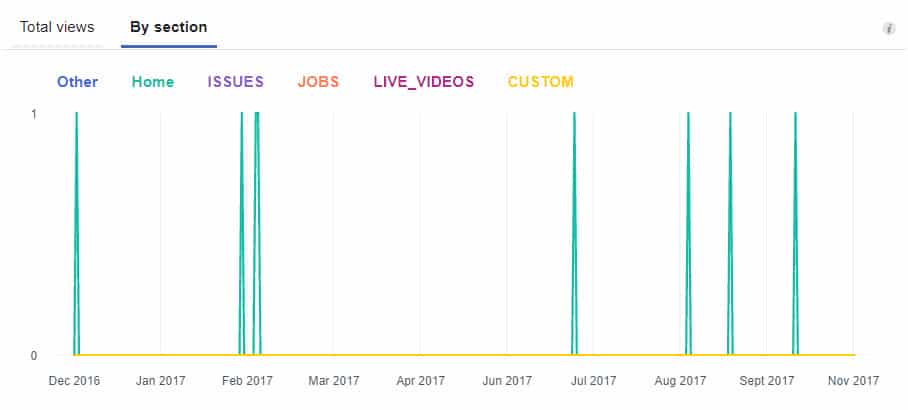
Monitoring and learning from your Facebook Insights is another essential task if you want your Facebook page to be successful. Track the engagements with your page and individual posts, see how many conversions you have had through your call to action button, and much more. Use the information to guide your Facebook content strategy to ensure your posts are not just engaging with your audience but importantly driving traffic to your blog.
Final Thoughts on Setting Up a Facebook Page for Your Blog
As you can see there are numerous steps to creating a successful Facebook page. However, if you follow the actionable tasks in this article, and use the tools and strategies suggested, quite quickly you should have a thriving Facebook page. And this, in turn, should help grow your blog’s following, creating a strong following of regular readers.
Are you ready to set up your Facebook page? Please share your thoughts on the process in the comments below…

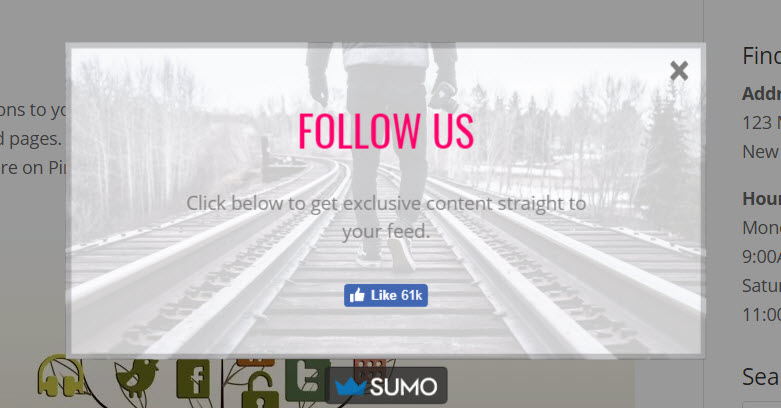
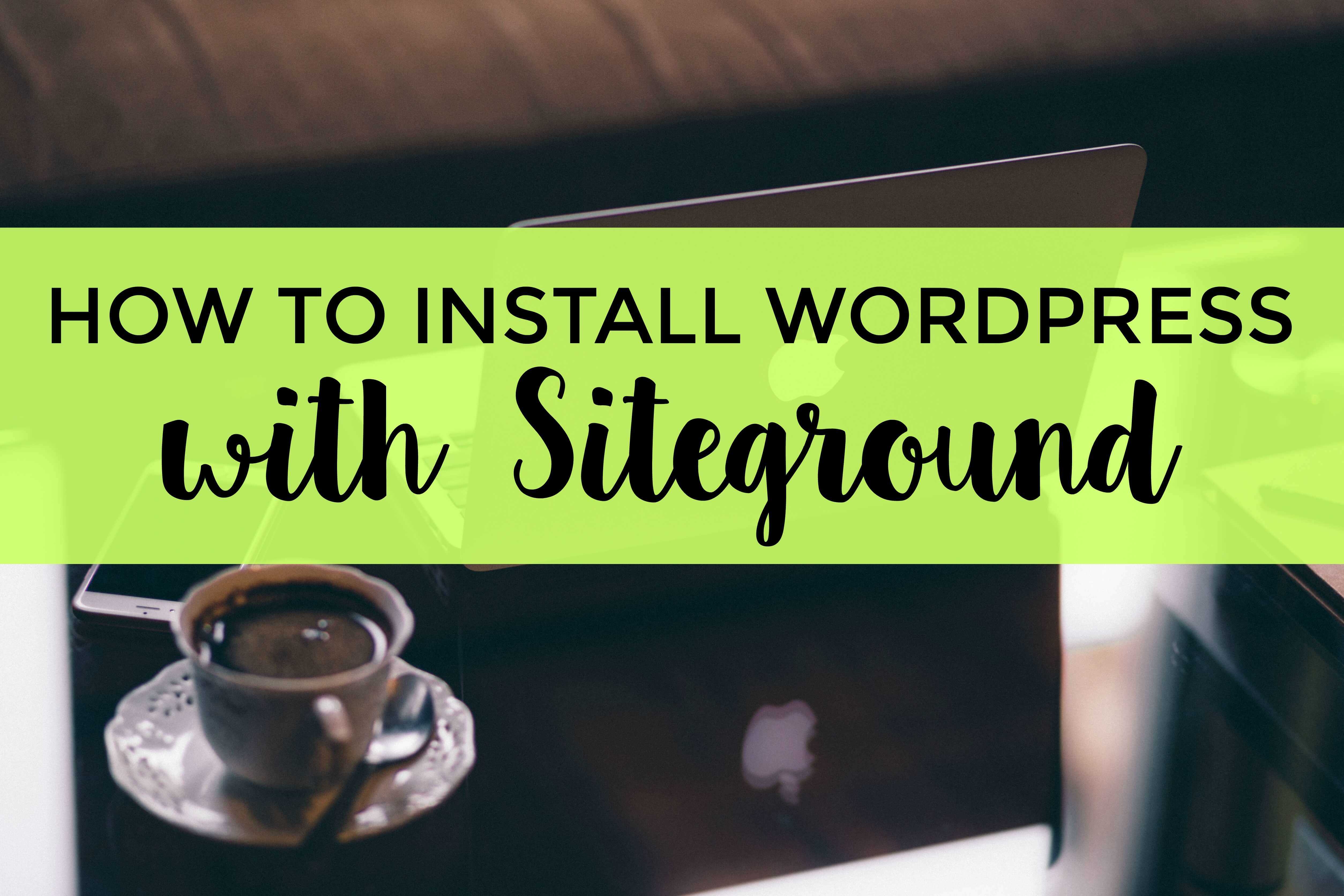
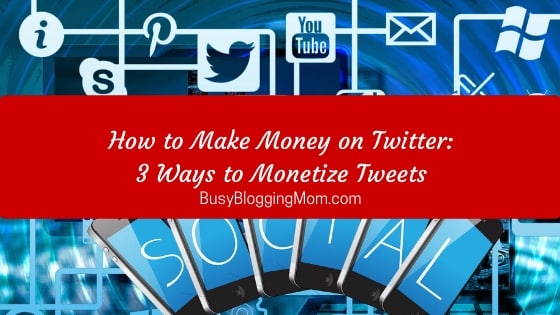
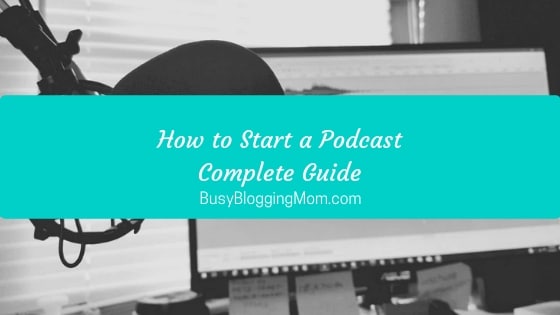
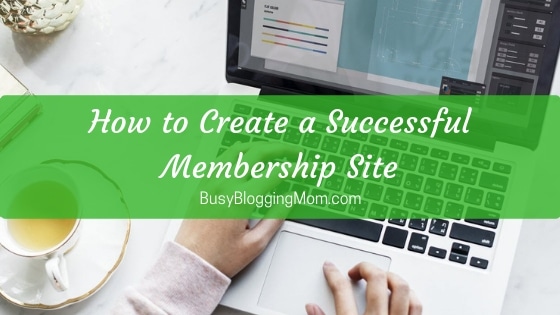
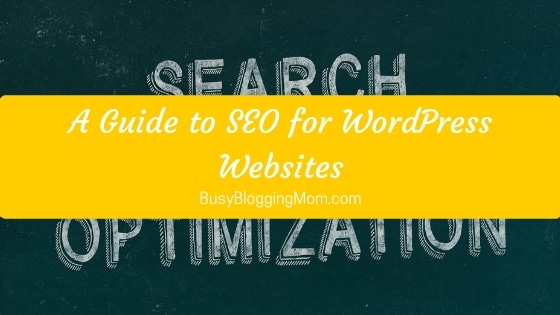





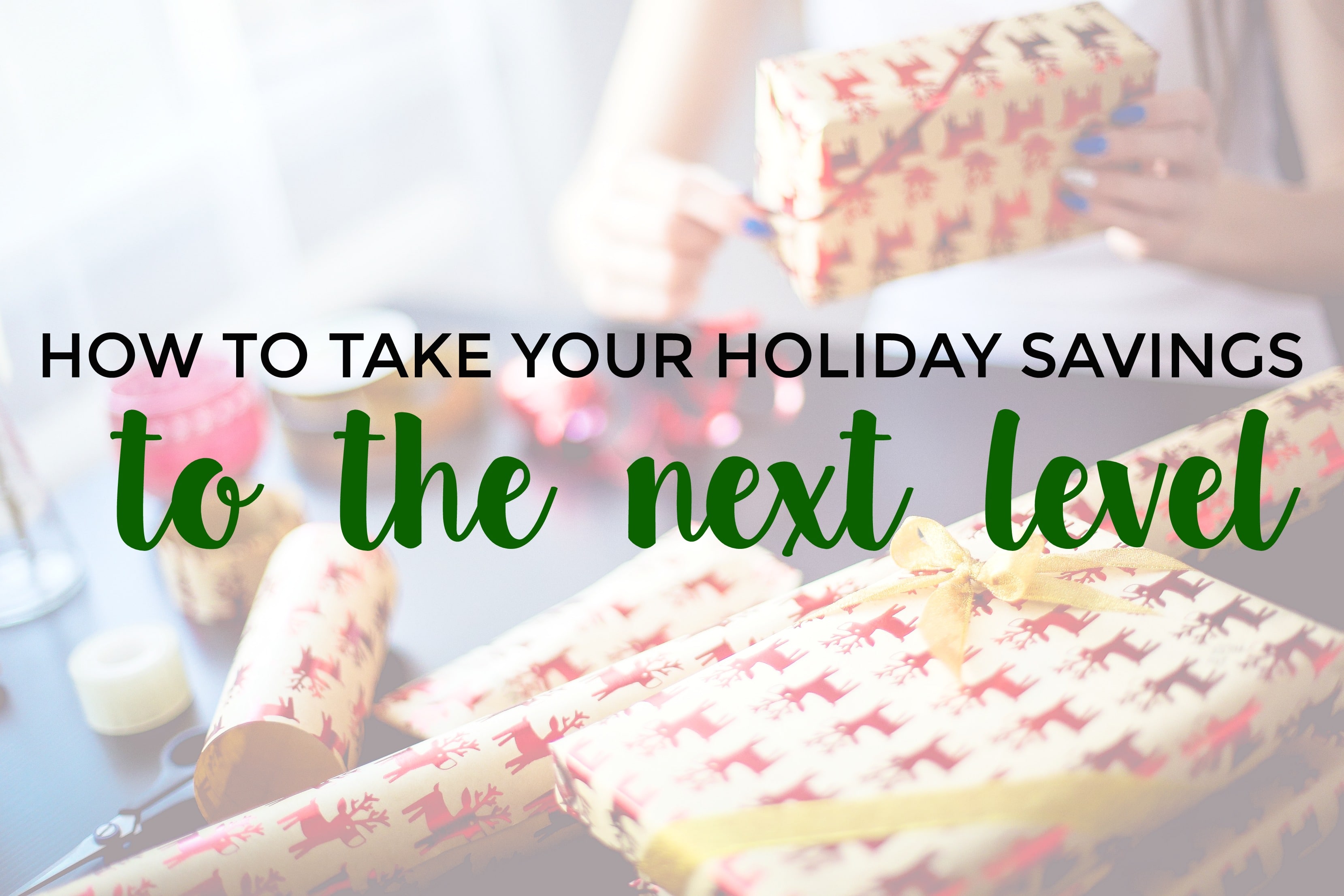
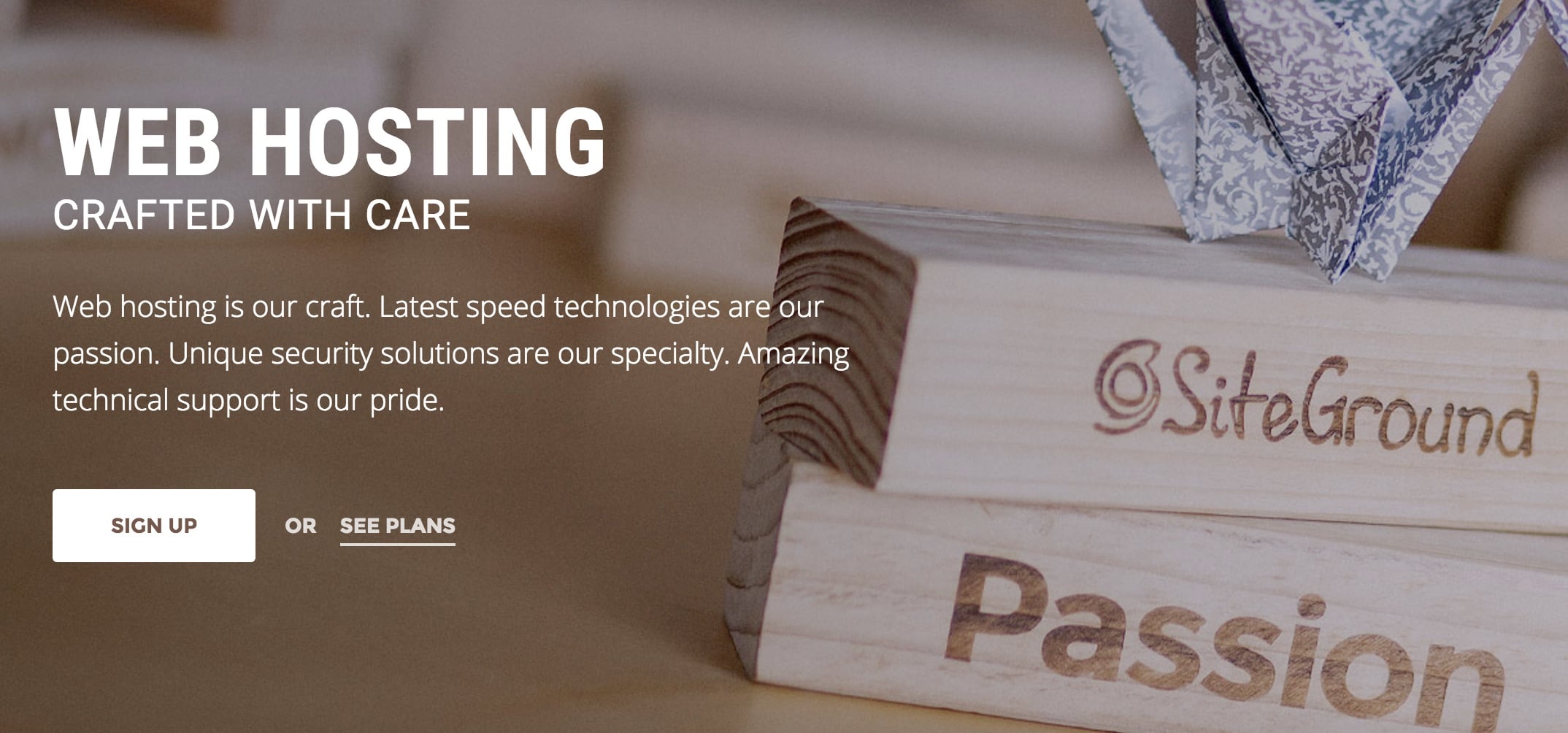
Leave A Comment